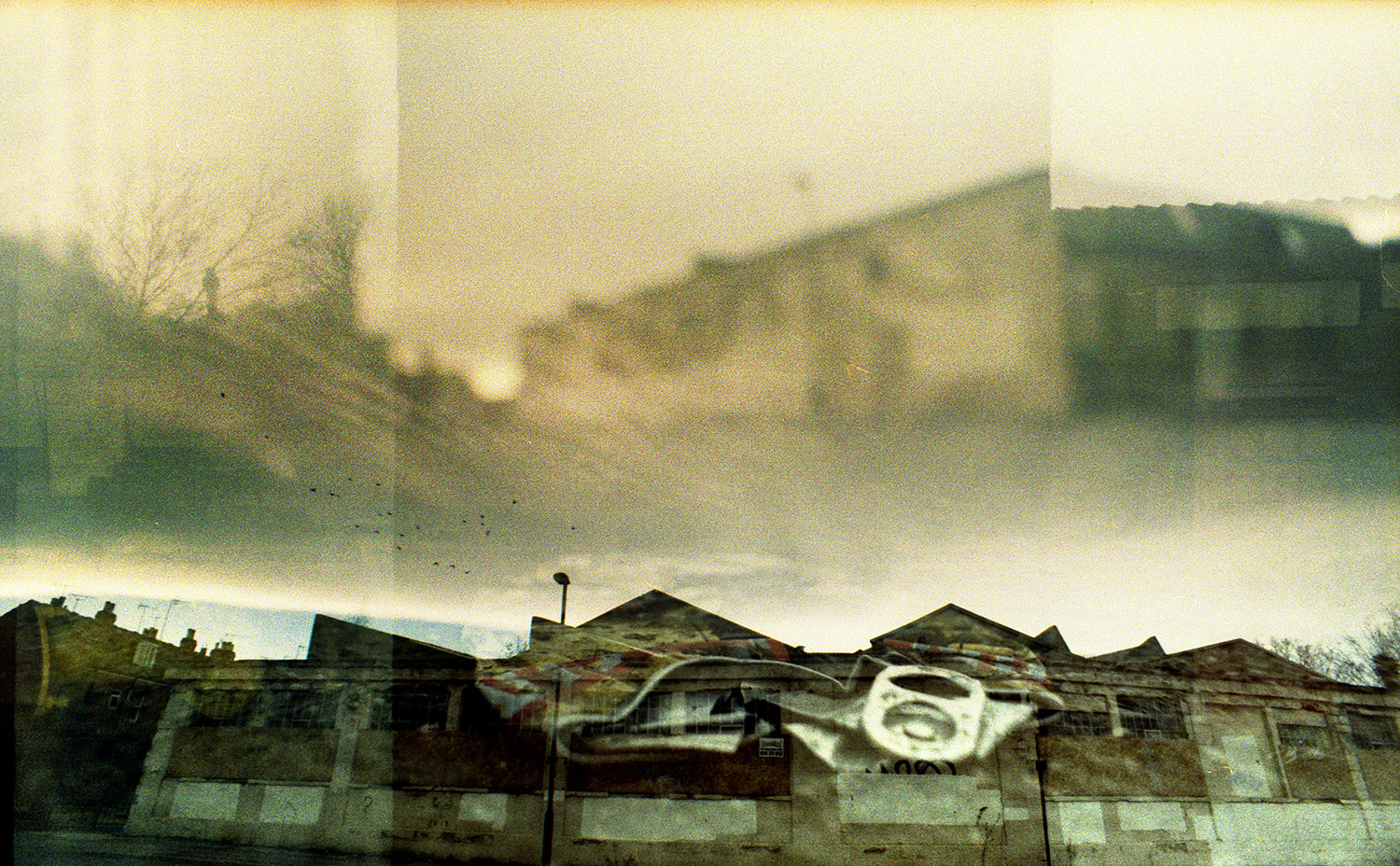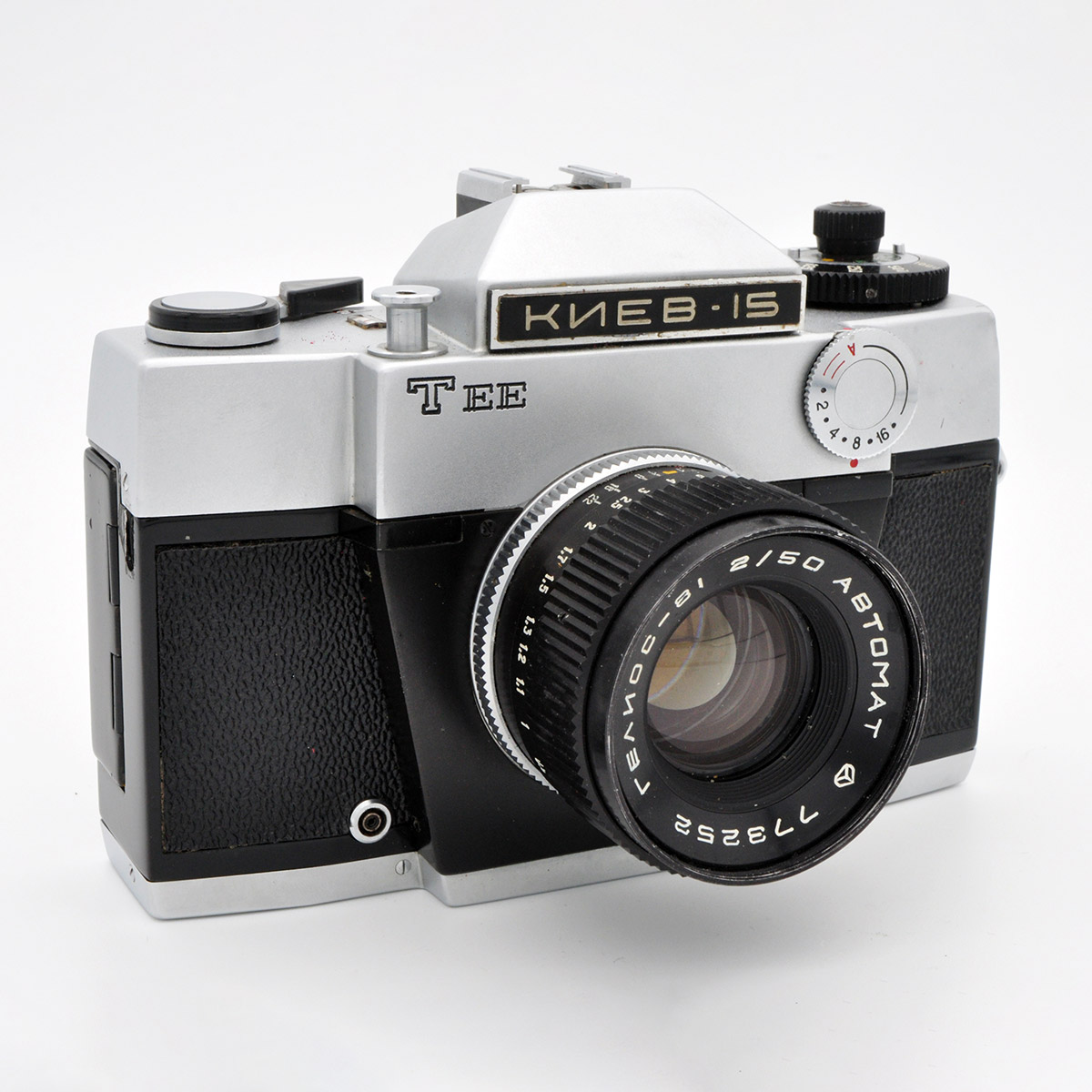Post-apocalyptic Landscape
This is only the fifth of my monthly columns, yet I’m already back in the USSR as far as the choice of camera goes. In column one I talked about the Zenit B, a rough and ready SLR which was imported by the million, and is still so common that it’s a rare car boot sale that doesn’t have at least one on offer. During the cold war, the Soviet Union was desperate for foreign currency, and in order to obtain it, exported a wide range of goods, from cars to cameras. While never renowned for their quality control, they were cheap and affordable products and many a budding photographer, myself included, will have cut their teeth on a Russian camera. My grandfather meanwhile bought a Russian Moskvitch van for his scrap metal business, once voted the world’s crappiest car, it could well have been worth more as scrap than it was as a runner!
While Zenits, Zorkis and Feds abound, far less well known are the cameras the USSR produced for the domestic market, many models were simply never intended for export, one give-away being the use of Cyrillic rather than European characters on their bodies. The Kiev 15 TEE is one such model, unlike many Russian cameras it is not an attempt to copy an existing Western camera, but a new design in its own right. I spotted this on Ebay, and was drawn to it as it came with the full range of five lenses, including a rather attractive looking 20mm Mir. I paid around £80 for the lot, which isn’t bad considering the 20mm lens alone often fetches that amount, the catch being that the lens mount is unique to this camera, and so this lens (which was also available in other mounts) was of no interest to someone with, say a 42mm screw or Exacta body. Although the lenses each have their own diaphragm, the aperture is set using a dial on the camera, there being no way of setting it directly from the lens, making this quite a challenge even for a DIY enthusiast to adapt for use on a different body.
The 15 TEE has a through the lens metering system, and a shutter speed priority automatic exposure system, but when I tried to use it the whole thing locked up and I thought I’d killed it! Luckily it worked again when I set it back to manual, so, not planning on taking any more chances I went for a separate hand held meter instead, the Leningrad 4, named after another Soviet city.
With the camera loaded with Rollei Retro black and white film I took it with me on a day trip to Wentworth Castle. Like many of its comrades, this Kiev has a robust rather than precision feel to it, changing the lenses for example requires a degree of not so gentle persuasion which I can’t imagine one would experience with an M mount Leica, not that I have ever handled one of those! Each of the five lenses was wrestled onto the body at some point, but I took most of my photos with the 20mm, which focuses down to just a few inches, allowing me to get down on my knees and up close and personal with some wonderful Fly Agaric toadstools, perhaps not seen at their best in black and white.
Wherever possible in my 52 cameras in 52 weeks project (currently in week 84) I take a mirror self portrait to show the camera in use. A few weeks into year one, for reasons which I can’t entirely explain, I decided to try wearing a different piece of head gear each week. I don’t intend to make a habit of inflicting my mugshots on AP readers (you can always find them on Flickr if you really want to), but this one seemed appropriate. The camera’s serial number tells me that it was made in 1977, the same year that I went on a school trip to Moscow and brought back this Russian hat. I wouldn’t feel comfortable wearing a fur hat in public these days, but with the door locked, in the privacy of my own bathroom, and hidden behind the massive front lens element, I thought I could get away with it. Скажи изюм товарищ ! (Skazhi izyum tovarishch)


